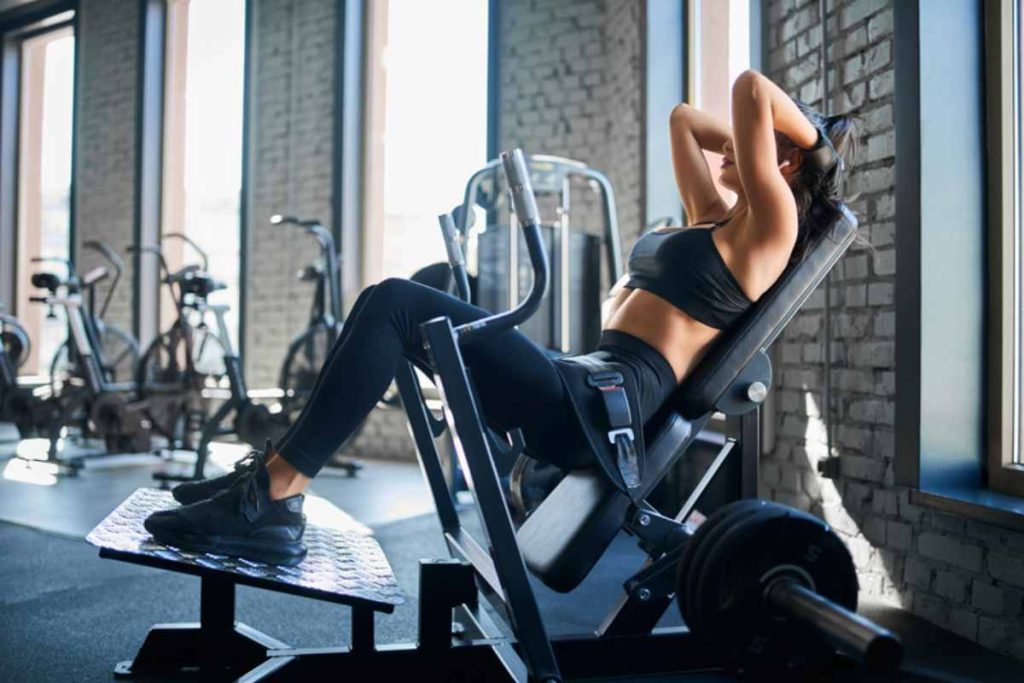In the ever-evolving landscape of fitness and strength training, one exercise that has gained immense popularity for its effectiveness in targeting the glutes is the hip thrust. While the hip thrust can be performed with just body weight or a barbell, the introduction of the hip thrust machines has taken this exercise to new heights, offering enhanced comfort, stability, and versatility. In this comprehensive guide, we will explore the benefits, proper technique, and variations of the hip thrust, with a specific focus on the hip thrust machine.
Understanding the Hip Thrust
The hip thrust is a compound exercise that primarily targets the gluteal muscles, including the gluteus maximus, medius, and minimus. Developed by renowned strength coach Bret Contreras, the hip thrust has gained widespread recognition for its ability to activate and strengthen the glutes more effectively than traditional exercises like squats and deadlifts.
The Evolution of the Hip Thrust Machine
While the conventional hip thrust involves lying on the ground with a barbell positioned across the hips, the introduction of the hip thrust machine has revolutionized the way this exercise is performed. The machine typically consists of a padded platform, an adjustable bench, and a lever system that allows users to lift weights with controlled and precise movements.
Benefits of Using a Hip Thrust Machine
Isolation and Activation
The hip thrust machines isolates the glutes, allowing for targeted activation without placing excessive stress on the lower back or knees. This makes it an ideal exercise for individuals looking to strengthen and tone their glute muscles.
Safety and Stability
The Hip Thrust Machines provides a stable and secure platform for performing hip thrusts, reducing the risk of injuries associated with improper form or uncontrolled movements. This is particularly beneficial for beginners or those with lower back issues.
Versatility
Hip thrust machines often come with adjustable settings, allowing users to customize the range of motion and resistance. This versatility accommodates various fitness levels and goals, making the machine suitable for both beginners and advanced athletes.
Proper Technique for Using a Hip Thrust Machine
Setup
Adjust the machine to your height, ensuring that the padded platform is positioned comfortably across your hips. Sit on the machine, with your back against the bench and feet flat on the ground, hip-width apart.
Execution
Press through your heels and drive your hips upward until your body forms a straight line from shoulders to knees. Squeeze your glutes at the top of the movement, maintaining a neutral spine. Lower your hips back down with control, avoiding any sudden movements.
Breathing
Inhale as you lower your hips. Exhale forcefully as you thrust your hips upward.
Avoid Common Mistakes
Ensure your feet are planted firmly on the ground throughout the movement. Maintain a stable core and avoid overarching your lower back. Use a full range of motion for maximum glute activation.
Variations of the Hip Thrust Using the Machine
Single-Leg Hip Thrust
Lift one foot off the ground and perform the hip thrust using only one leg, challenging stability and increasing unilateral strength.
Banded Hip Thrust
Add resistance by incorporating a resistance band around your thighs, intensifying the workout and targeting the outer glutes.
Weighted Hip Thrust
Increase the resistance by placing a weight plate or a barbell across your hips, progressively challenging your strength.
Incline Hip Thrust
Adjust the bench to an incline position, emphasizing the upper portion of the glutes and adding variety to your routine.
Incorporating Hip Thrusts into Your Fitness Routine
Frequency
Aim to include hip thrusts in your lower body or glute-focused workout routine at least 1-2 times per week.
Progressive Overload
Gradually increase the resistance or intensity to ensure continued muscle growth and strength development.
Warm-Up
Prioritize a dynamic warm-up, including hip mobility exercises, to prepare your muscles for the demands of hip thrusts.
Cool Down
Finish your workout with static stretches to promote flexibility and reduce muscle soreness.
Conclusion
The hip thrust machine has undoubtedly transformed the way fitness enthusiasts approach glute training. With its emphasis on isolation, safety, and versatility, this machine offers a valuable addition to any strength training regimen. By understanding the proper technique, variations, and integration into your workout routine, you can unlock the full potential of hip thrusts and sculpt stronger, shapelier glutes. Embrace the power of the hip thrust machine, and take your glute training to new heights.







